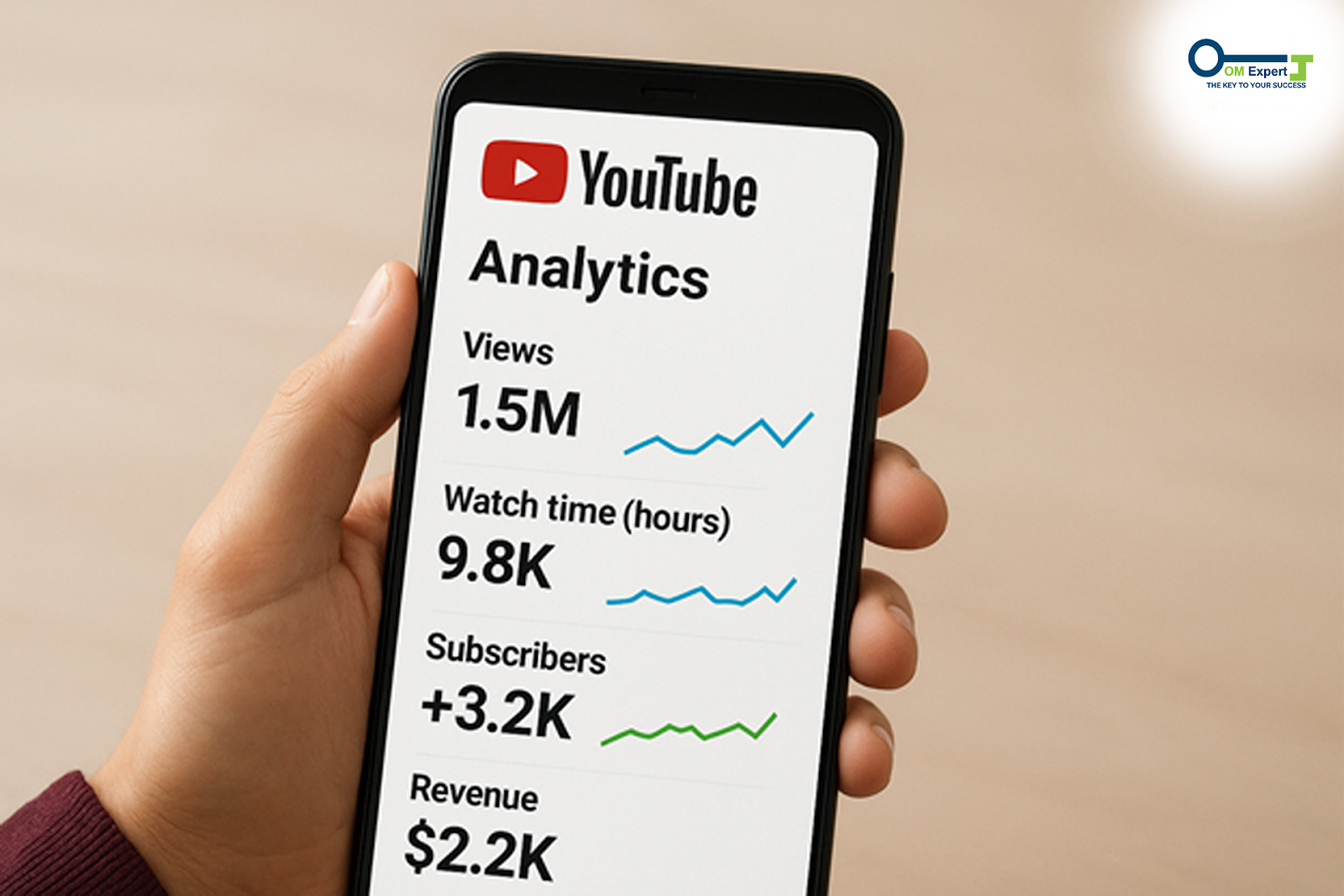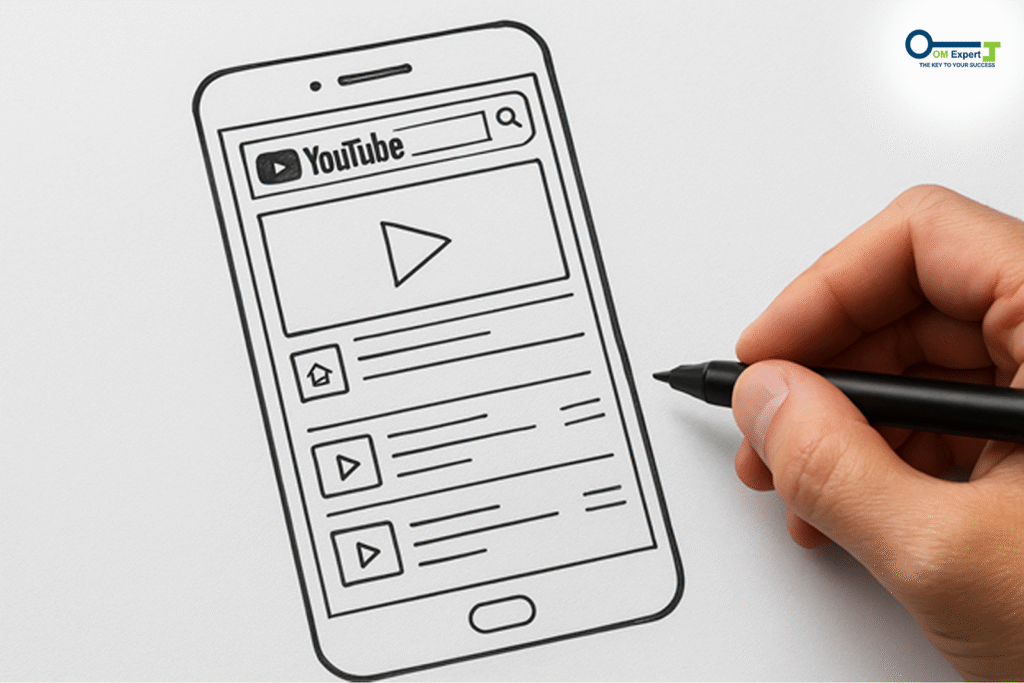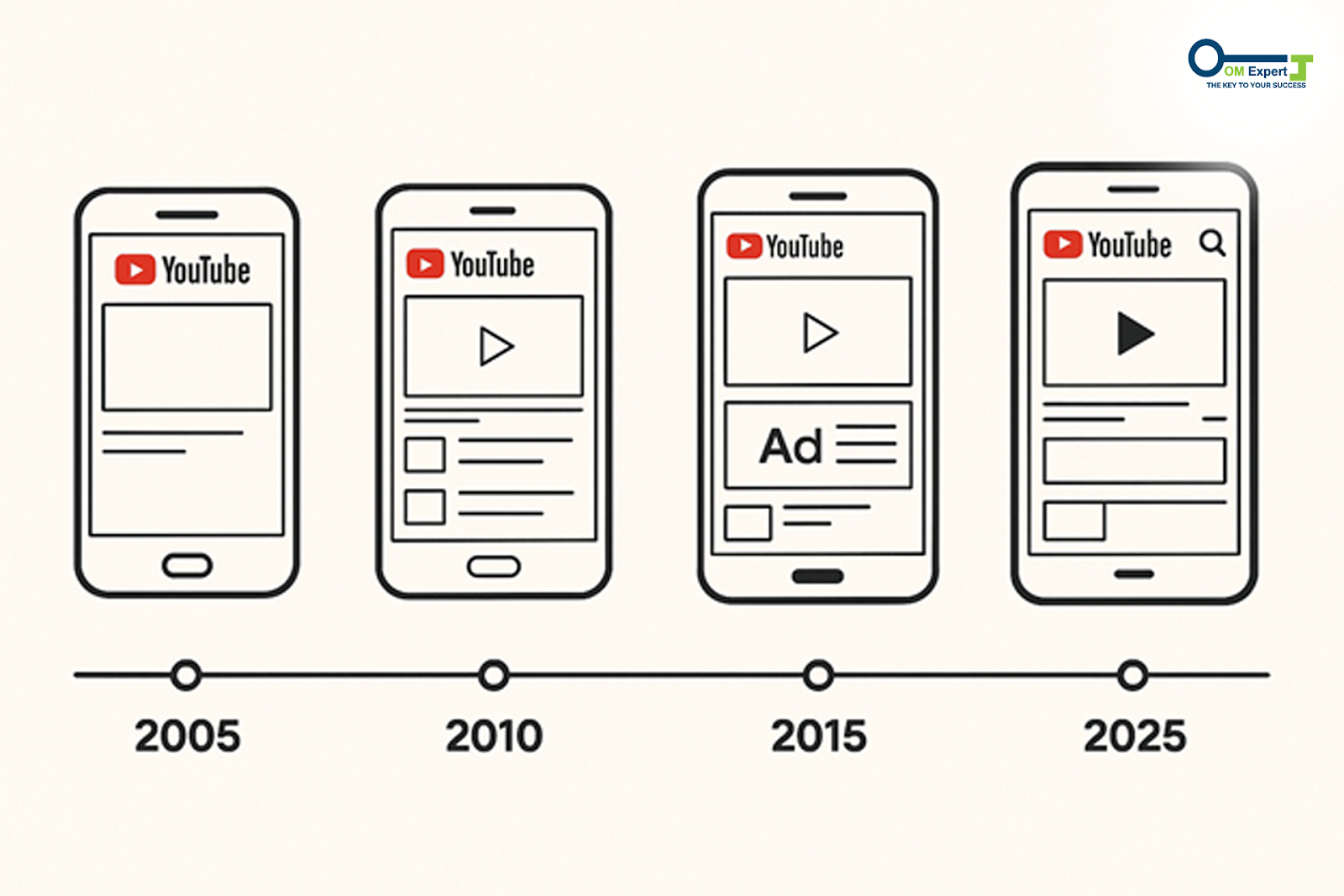The End of Skippable Ads? YouTube’s Mobile Sidebar Update Explained

If you’ve opened YouTube recently, you may have noticed a significant change in your mobile experience, and you’re definitely not alone in this observation. The YouTube mobile sidebar update is one of the platform’s biggest design and ad experience shifts in years. YouTube is testing a new layout where the sidebar on mobile now stays locked during ads, meaning users can’t close or swipe it away as before.
This change might sound small, but it’s stirring conversations across the creator and marketing community. Why? Because it affects how ads appear, how viewers interact, and how creators earn. Whether you’re a YouTube watcher, advertiser, or content creator, this update signals a new chapter in how mobile engagement works. Let’s explore what this YouTube mobile sidebar update really means, how it impacts everyone on the platform, and why it could redefine how YouTube works in 2025 and beyond.
Understanding the YouTube Sidebar Update

So, what exactly is the YouTube sidebar update? YouTube is redesigning its mobile interface to keep the sidebar visible when ads play. Previously, users could close or minimize the sidebar to focus on the video, but now, YouTube is testing a locked version that remains fixed on screen throughout ad playback. At first glance, it might seem like a design tweak, but this move ties directly into the larger YouTube ad overhaul happening across the platform.
YouTube is optimizing ad visibility to ensure brands get more value while maintaining viewer engagement. For users, it might take some getting used to, especially for those who prefer fewer on-screen distractions. The YouTube mobile sidebar update shows how the platform is prioritizing a unified experience between mobile and desktop, ensuring consistent branding and layout for ads. This could pave the way for more interactive sidebar elements, like polls, product links, and video suggestions.
Why YouTube Is Focusing on Mobile Design
Mobile traffic now makes up more than 70% of total YouTube watch time. With that in mind, YouTube’s mobile sidebar UX is becoming central to how people consume content. The new update isn’t just about looks; it’s about function. The sidebar’s fixed position gives YouTube a new way to experiment with ad formats, user prompts, and real-time interaction tools.
Many in the community see this as part of a larger YouTube ad revolution, an effort to blend ads more naturally into the viewing experience without overwhelming users. This move also connects with the growing non-skippable ad trend, as YouTube explores ways to keep viewers engaged during brief ad moments instead of letting them skip instantly. While some users might see this as intrusive, advertisers and creators are watching closely to see how it affects engagement and revenue.
What does this Means for Viewers?

If you’re a casual viewer, the YouTube mobile sidebar update will likely change how you watch videos on your phone. The sidebar may now remain active throughout your viewing experience, showing related links, upcoming content, or sponsored prompts. Some users have expressed frustration about skippable ads disappearing, as YouTube experiments with ad formats that encourage users to stay on screen longer. Still, YouTube’s stated goal is to create a “viewers-first” experience, one that balances monetization with smoother navigation.
This means the sidebar could eventually become a place for discovery rather than distraction. For example, imagine watching a cooking tutorial and seeing product links in the sidebar or a playlist recommendation that continues your learning. This aligns with the YouTube 2025 update vision of a more connected, mobile-driven ecosystem. As mobile use continues to rise, this YouTube mobile sidebar update could be a major turning point in how video platforms blend content, ads, and interactivity.
The Changing Ad Experience
With the YouTube ad makeover, the company is rethinking what ad time means. Instead of viewers feeling interrupted, YouTube wants users to stay informed and entertained even during ads. The sidebar helps achieve that by showing useful information or interactive content alongside video ads. This mobile viewing change is part of a larger strategy to enhance ad retention rates and viewer satisfaction.
YouTube’s ongoing sidebar experiment suggests that ad engagement could increase if users have something to do during ad playback, such as voting in polls or tapping through product previews. For marketers, this represents a powerful YouTube monetization hack, allowing them to deliver more immersive campaigns. For viewers, it could mean fewer traditional pop-up ads and more seamless storytelling. Overall, the YouTube mobile sidebar update gives both advertisers and audiences a chance to experience a smarter, more balanced ad environment.
What does this mean for Creators and Marketers?

For creators, the YouTube mobile sidebar update is a double-edged sword. On one hand, it could lead to higher ad revenue through increased visibility and retention. On the other hand, it introduces a learning curve that creators will need to rethink where and how they engage viewers within their content. With this ad format shift, YouTube is encouraging creators to use visually strong and engaging hooks early in their videos. Since users can’t close the sidebar during ads, creators might start designing ad-friendly intros or calls-to-action that complement the new layout.
This move is part of a wider YouTube creator alert, signaling that changes in design and ad behavior are becoming regular. As part of the YouTube mobile redesign, creators will likely have new analytics tools to measure sidebar engagement, helping them understand which visuals or ad placements perform best. The YouTube mobile sidebar update also ties into larger marketing strategies, including how brands plan ad campaigns, target audiences, and measure performance.
Marketing Strategy in the Age of the Sidebar
Advertisers and digital strategists are paying close attention to this YouTube mobile sidebar update because it changes ad dynamics significantly. The sidebar can now serve as an additional real estate for storytelling, allowing brands to blend their messaging with related content. This reflects a broader ad strategy 2025 direction, where visual engagement and user immersion take priority over pure ad volume. With a locked sidebar, YouTube can showcase brand logos, calls-to-action, or embedded product visuals throughout a video, without breaking immersion.
This YouTube engagement boost could help advertisers make better use of short attention spans. It’s not just about showing ads, it’s about keeping viewers interested while making the most of every second they’re watching. For marketers, the YouTube mobile sidebar update might also open the door to deeper analytics insights, including heat maps showing sidebar interaction frequency and retention rates. This means smarter ad spending and better-targeted campaigns in the future.
Technical Side - The UX and Algorithm Angle

Behind the scenes, the YouTube mobile sidebar update is part of a larger YouTube UX upgrade. Engineers are rethinking how the sidebar interacts with YouTube’s recommendation engine and mobile interface. By locking the sidebar during ads, YouTube gains more control over how users interact and how data is collected. This can influence the YouTube algorithm tweak that prioritizes viewer engagement metrics like watch time and ad completion.
This technical shift also strengthens the link between sidebar content and the main video feed. For example, the sidebar ad placement may now adapt dynamically to your interests, past behavior, and watch history. It’s a smart move that blends ad optimization and YouTube efforts with user personalization. While it might feel like a minor design refresh, it’s really a YouTube platform refresh that signals deeper integration between design, data, and YouTube revenue shakeup strategy. The YouTube mobile sidebar update reflects a growing emphasis on YouTube viewers first, even as the platform rebalances its monetization approach.
How the Sidebar Affects App Performance
Some users worry that more visual elements could slow down their app, but the YouTube mobile app update that YouTube has implemented is designed for smooth performance. The sidebar loads asynchronously, meaning it won’t freeze or buffer your main video. This ensures a seamless YouTube watch experience, even on slower connections.
Engineers have also built adaptive design features so the sidebar adjusts based on screen size and viewing orientation. In other words, the YouTube mobile sidebar update has been carefully tested to maintain user comfort while expanding ad potential. It’s a balancing act, improving the sidebar interface, changing aesthetics, without compromising playback performance.
The Bigger Picture - YouTube’s Evolution and Future

The YouTube mobile sidebar update isn’t just about ads; it’s a glimpse into the future of digital video. YouTube is steadily moving toward a mobile-first YouTube strategy, ensuring every design choice prioritizes smartphone users. This change fits into a broader pattern of YouTube marketing trends focusing on personalization, shorter ads, and smoother navigation. The new sidebar interface may eventually include mini widgets, community polls, or even AI-driven recommendations.
For creators, this means adapting their YouTube content strategy to new engagement points. For advertisers, it’s about adjusting to evolving YouTube ad insights and user behavior. In many ways, the YouTube mobile sidebar update is a preview of the video ad evolution we’ll see in the coming years, one where ads feel less like interruptions and more like part of the experience.
Preparing for What’s Next
With the rollout of the mobile sidebar, creators, marketers, and viewers alike should expect continuous testing and feedback-driven updates. YouTube often fine-tunes new YouTube mobile features based on audience reactions, so don’t be surprised if the layout keeps evolving.
This isn’t just an ad impact analysis. It’s a transformation of how YouTube thinks about engagement. For businesses, the best move now is to monitor metrics closely, experiment with trending YouTube hacks, and understand how sidebar design influences viewer retention. The YouTube mobile sidebar update will likely inspire similar innovations across other platforms, setting the stage for a new era of YouTube growth tips, creative engagement, and monetization efficiency.
Conclusion
The YouTube mobile sidebar update may seem like just another interface tweak, but it represents something bigger. YouTube’s shift toward a smarter mobile-first, ad-integrated experience. It balances user engagement, ad performance, and creator opportunity in one unified approach. Whether you are a viewer tired of traditional ads, a creator seeking a new monetization path, or a marketer designing campaigns for the next ad policy update, this change matters.
The sidebar’s role in YouTube’s future is only just beginning, and adapting early could be the key to staying ahead. For brands, creators, and everyday users looking to understand and adapt to these digital changes, OM Expert continues to provide deep insights into how online platforms evolve and shape our connected world
